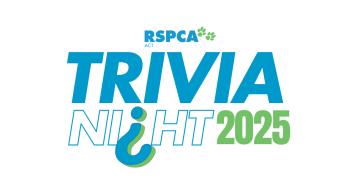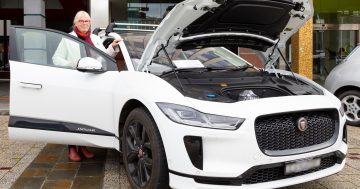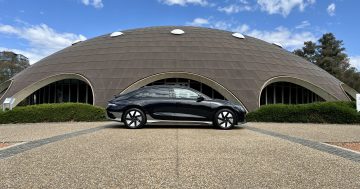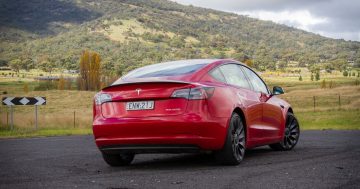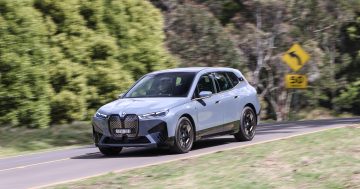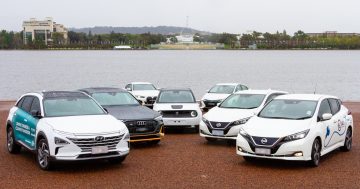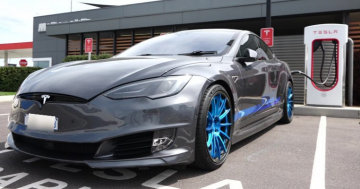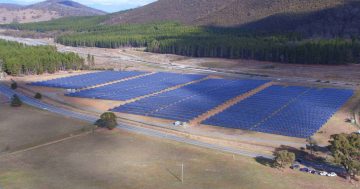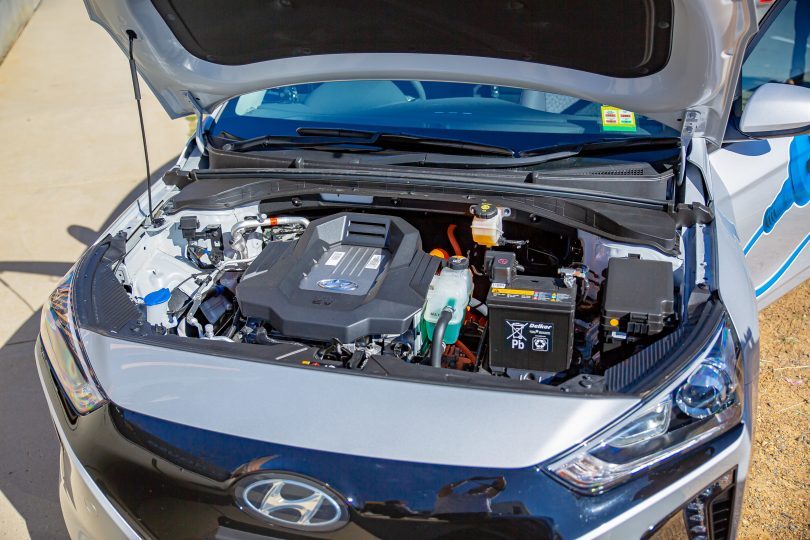
Under the hood: one of the first Hyundai Ioniqs to be delivered to the ACT Government in 2019. Photo: File.
Electric vehicles in the ACT Government car fleet have been caught up in a manufacturer’s recall due to concerns about fires sparked by defective batteries.
Hyundai has issued a global recall for its Ioniq and Kona models after incidents in which their LG Energy Solutions batteries overheated and caught fire while vehicles were parked.
It is replacing defective batteries, which have the potential to short-circuit and start a fire.
A government spokesperson said that of the 19 Ioniq EVs in the government fleet, eight had been impacted by the recall.
But leased vehicle provider SG Fleet had confirmed that there had not been any issues of overheating or fires within the fleet.
“Any affected government agencies with one of these vehicles will be contacted by Hyundai to arrange a battery replacement,” the spokesperson said.
The spokesperson said the recall would not have any implications for future acquisitions or leasing given recalls occur for all vehicle types.
“The ACT Government considers a number of electric vehicles for inclusion in its fleet. The Hyundai Ioniq is just one EV in the mix,” the spokesperson said.
The spokesperson did not say how much the EV program cost, only that the adoption of electric passenger vehicles is by lease and replaces existing leases for internal combustion engine (ICE) passenger vehicles.
Hyundai provided advice via the Vehicle Recalls website, and SG Fleet relayed this information to the relevant areas of government.
General Motors, which is investing billions in EVs, is experiencing similar issues with its Bolt model, which also uses an LG battery.
But EV fires appear to be rare compared with ICE vehicles, although when they do happen, they can be more intense due to the lithium-ion batteries.
Under the government’s Climate Change Strategy, all newly leased vehicles now need to be zero-emission, as it transitions the fleet away from ICE vehicles.
At last count, there were more than 140 zero-emissions vehicles in the fleet, including 52 electric vehicles (Hyundai Ioniqs and Nissan Leafs), 70 plug-in hybrid electric vehicles and 20 hydrogen fuel cell vehicles (Hyundai NEXOs).
In May, the government was recognised for its move to a zero-emissions fleet, winning the 2021 Fleet Environment Award from the Australasian Fleet Management Association.
At the time, Minister for Emissions Reduction Shane Rattenbury said the award recognised the success of the government’s zero-emissions fleet transition and the benefits that this leadership can have in reducing emissions and encouraging industry transformation and broader changes.
The government is also transitioning the bus fleet to zero-emission vehicles by 2040. Ninety electric buses are expected to be on the roads next year.











